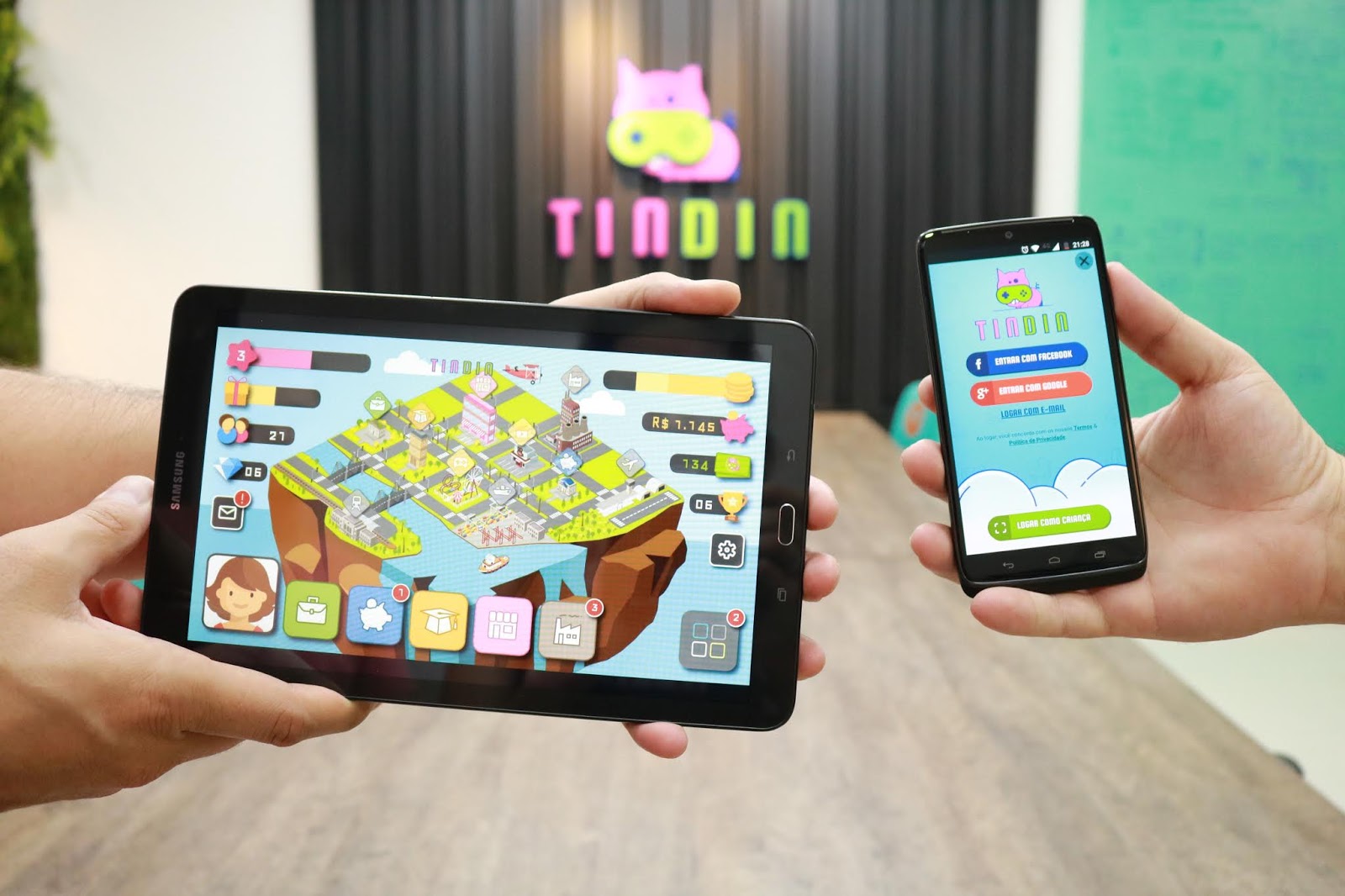Financial education has become an essential aspect of modern life. With the rise of digital tools, understanding money management is more accessible than ever. One of the most engaging methods of learning these vital skills is through gamification.
In this post, we will explore how gamified tools are revolutionizing the way we learn about finances, and look at some of the best applications available. By integrating fun with education, these apps empower individuals to make informed financial decisions.
How gamification is reshaping financial literacy

Gamification involves applying game-like elements to non-game contexts, and it’s proving to be highly effective in education. By using rewards, challenges, and interactive scenarios, learners stay engaged and motivated. In the sphere of financial literacy, gamification helps users grasp complex concepts in an enjoyable manner.
Through these interactive methods, users not only learn basic financial principles but also develop skills such as budgeting, saving, and investing. This approach encourages continuous learning and adaptation, critical components for maintaining financial health in a rapidly changing economic environment.
Top features that make financial education apps effective
The best financial education apps utilize a variety of features to keep users engaged. These features often include personalized learning paths, progress tracking, and interactive simulations of real-life financial scenarios. Such tools create an immersive learning experience that aids retention and application of knowledge.
By leveraging leaderboards, rewards, and challenges, these apps make learning competitive and fun. This competitive aspect is especially effective among younger users, who are already familiar with similar dynamics in popular video games. The integration of community features also allows learners to connect and share insights, further enriching the learning process.
Exploring the best apps for financial education through play
Numerous apps are making waves in the U.S. for their innovative approach to teaching financial literacy. One standout is “Zogo,” which rewards users with gift cards for completing financial modules. Each lesson is designed to be short and interactive, catering to the pace at which users prefer to learn.
Another notable app is “Peak,” which incorporates cognitive training into its financial modules, ensuring users not only learn financial concepts but also enhance critical thinking skills. “Acorns” is also popular, though it primarily focuses on investing, teaching users the basics through a user-friendly, game-like interface.
Practical tips for choosing the right app
When selecting a financial education app, consider your learning style and objectives. If you thrive on competition, look for apps with leaderboard features. For a more personal approach, select apps with customizable learning paths. Ensure that the app covers a broad range of financial topics if you are looking to develop a comprehensive understanding.
Additionally, check the app’s reviews for user feedback on effectiveness and engagement. Trying free versions before making a purchase can also offer insight into whether an app is a good fit for your needs. With these practical tips, you can choose an app that not only teaches but also makes learning enjoyable.
Conclusion
Gamification is undeniably reshaping how we approach financial education. By turning learning into a game, apps make money management accessible and enjoyable, driving users to engage with and retain critical concepts. As digital tools continue to evolve, we can expect even more innovative approaches to financial literacy.
By equipping individuals with the right tools, these apps pave the way for informed financial decisions and lifelong learning. The combination of play and education not only enhances understanding but also builds a foundation for a financially stable future, proving that the future of financial learning is indeed playful.


